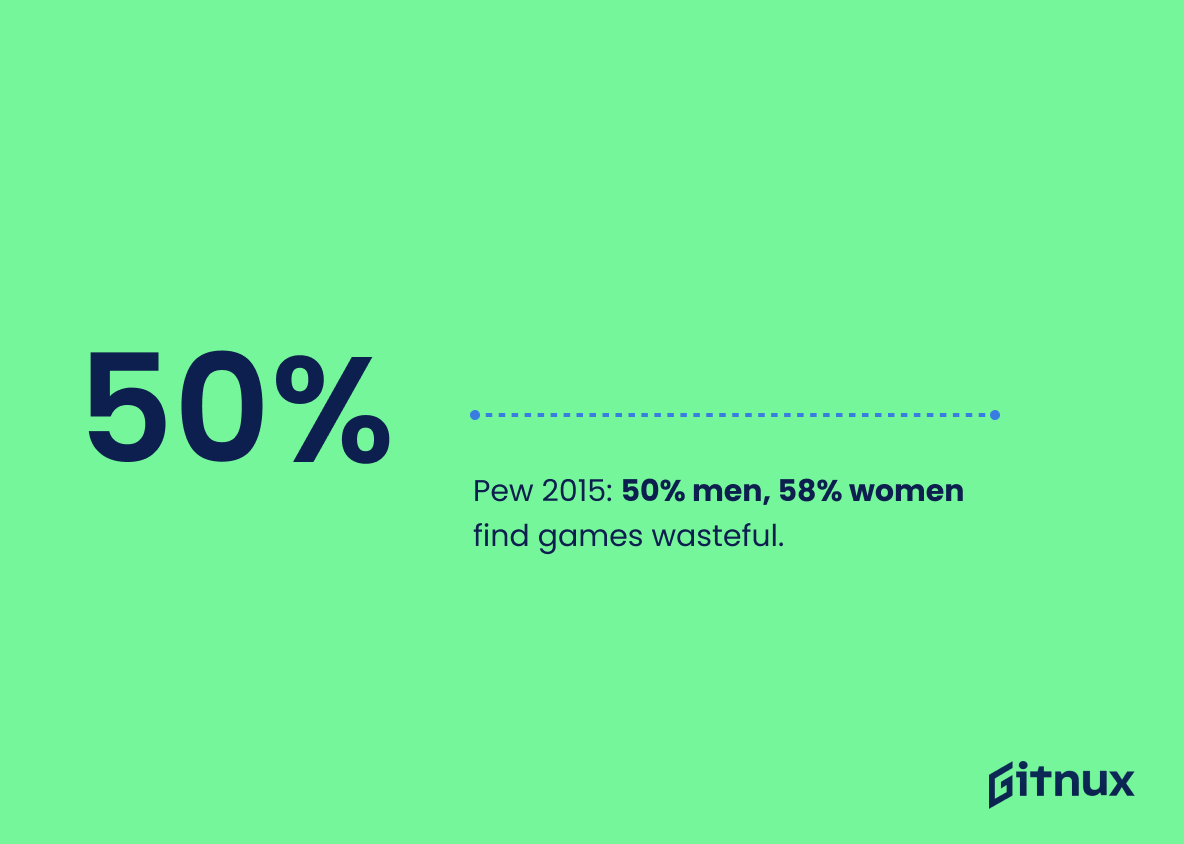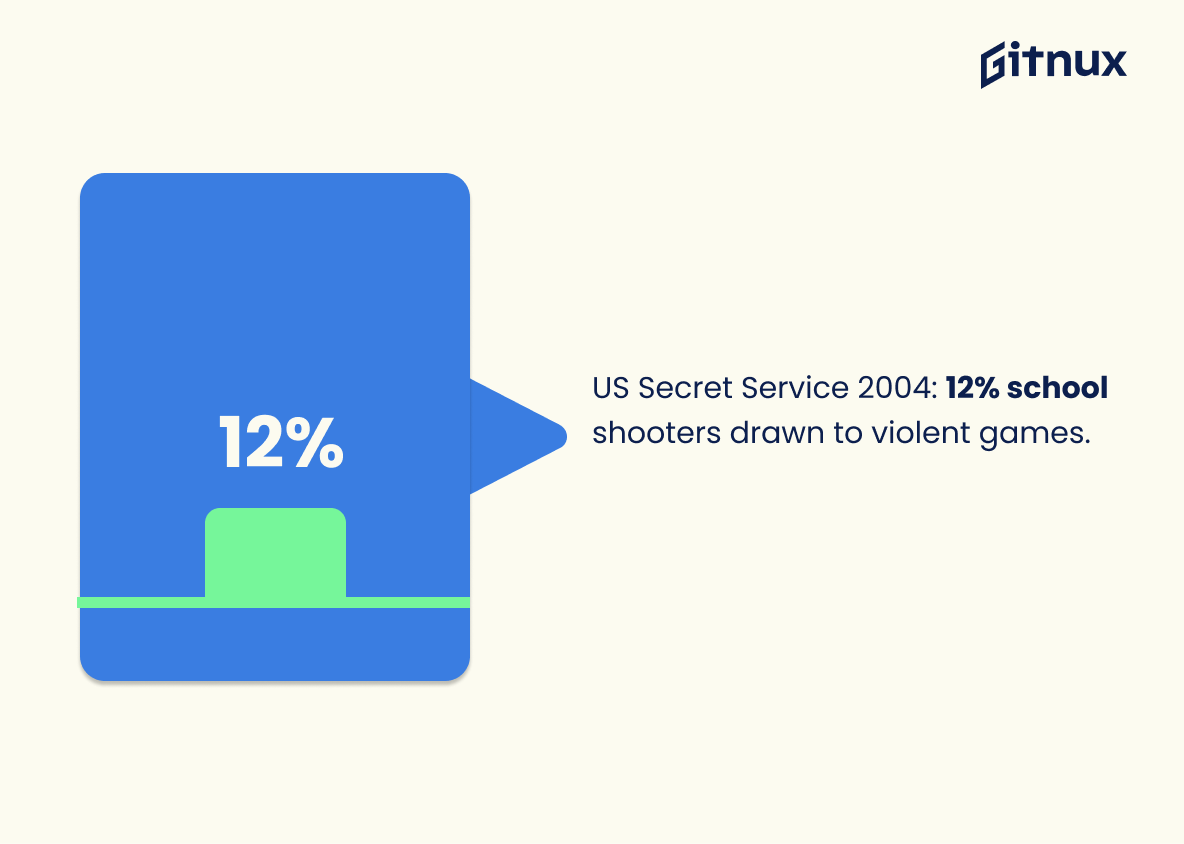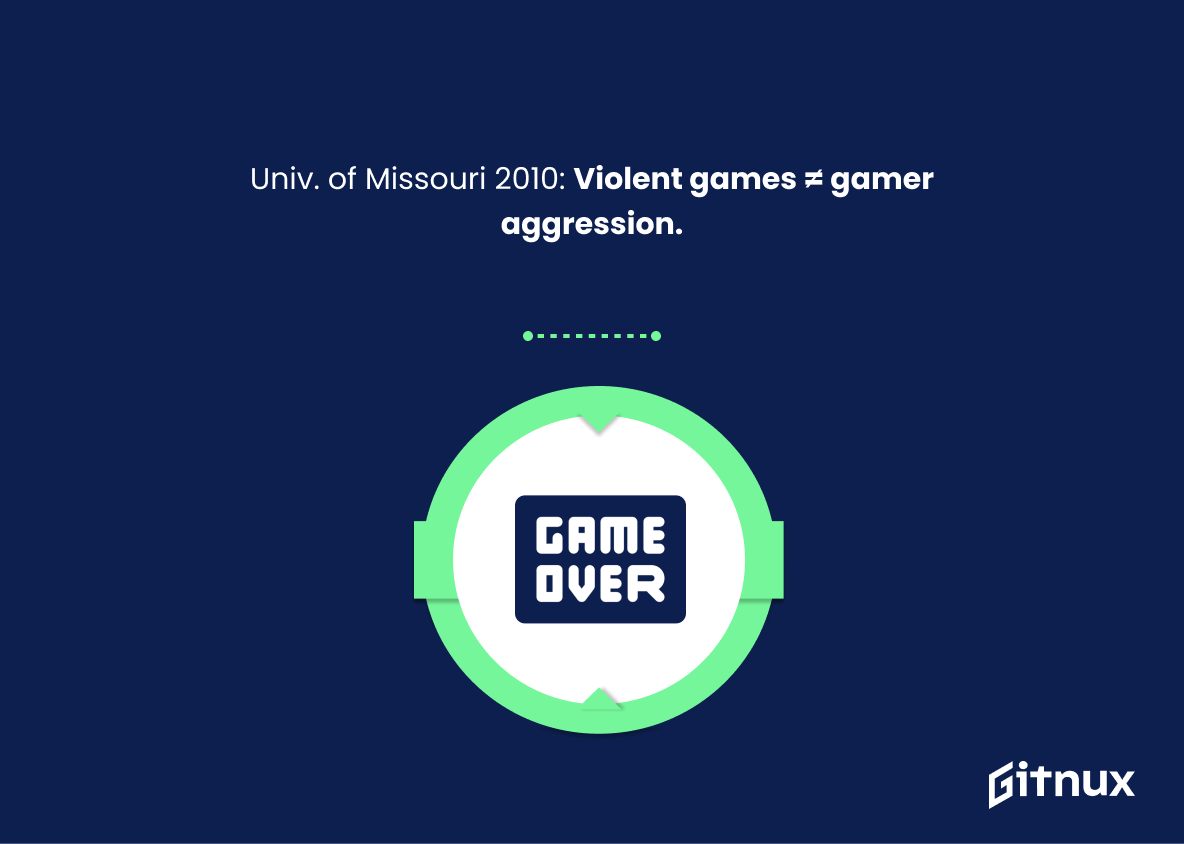Dive into the pixelated worlds of adventure, peril, high-speed chases, and epic battles – welcome to the realm of video games. However, amidst their undeniable allure and riveting charm, there lies a contentious issue: video game violence. In this illuminating blog post, we’re going to tackle the ins and outs of video game violence statistics, unraveling the realities, misconceptions, and the potential impacts on gamers’ behaviors and attitudes.
Breaking down the complex conversation surrounding virtual bloodshed, we’ll address pressing questions and offer you hard data about the correlation between video games and violence. Whether you’re a seasoned gamer, a concerned parent, or a curious bystander; this engaging exploration is beneficial for all.
The Latest Video Game Violence Statistics Unveiled
According to a 2008 study by the Pew Research Center, 97% of youths play video games, which makes it hard to draw a direct line between games and violence.
In the intricate web of the video game violence discourse, this 2008 Pew Research Center study casts a valuable light on the gaming landscape. Unveiling that 97% of young people are engaged in gaming, it challenges the convenience of drawing an unambiguous causal link between video games and aggression. This statistic unflinchingly stands guard, questioning the simplicity of any arguments striving to infer a direct relationship between violent video games and real-world violence.
Keen observers will thus recognize the weight this one figure holds, insidiously reminding us that correlation does not necessarily imply causation. It therefore underlines the need for a far more nuanced debate given the widespread prevalence of gaming among young people.
The American Academy of Pediatrics, in 2017, stated that exposure to violent media raises the risk of aggressive behavior in children.
Unveiling the inherent connection between this statistic and the discussion on Video Game Violence Statistics, it illuminates the subtle impact that virtual aggression could potentially have on the fragile mental states of children. It does more than just tickle curiosity; it provides valuable insight into the behavioral changes that can be caused by violent media.
Envision this as a burnished mirror, reflecting the potential dangers of exposing kids to violent video games. It intermittently sends ripple effects through the narrative, intensifying the awareness about virtual violence and its subsequent influence on the young minds, thus, taking the blog post to a whole new pedestal of relevance and urgency.
According to a 2015 Pew survey, 50% of men believe that most games are a waste of time, and 58% of women agree.
When shedding light on the perceptions towards video games within the context of a blog post about Video Game Violence Statistics, it’s critical to consider varying viewpoints. The 2015 Pew survey reveals that half of men see most games as futile endeavors, and surprisingly, a larger percentage of women, 58%, concur.
This insight provides a textured understanding of people’s attitudes towards gaming, which often hinges on the debate over video game violence. By incorporating this statistic, readers are led into the realm of varied perceptions and the often overlooked notion that perhaps, it’s not just the explicit violence, but rather a broader conception of games as wasteful, affecting the general attitude.
The US Secret Service conducted a study in 2004 that found that only 12% of those involved in school shootings were attracted to violent video games.
Delving into the heart of the debate on video game violence, this valuable piece of data from a 2004 study conducted by the US Secret Service disentangles the complex web of causality often attributed to gaming. Unveiling that a mere 12% of individuals implicated in school shootings indicated a fascination with violent video games, it crystallizes the argument that placing the blame solely on digital entertainment distorts our understanding of the true roots of violence.
This statistic, therefore, adds necessary nuance and clarity to the dialogue, peeling back layers of assumptions and forcing us to reconsider the scapegoating of video games as the primary instigators of violent acts.
A University of Missouri study in 2010 found that violent video games did not cause gamers to become abrasive.
In sparking up a dialogue about Video Game Violence Statistics, it’s pivotal to draw upon the 2010 University of Missouri study. This piece of scholarship paints a contrasting picture to widely held assertions, debunking the myth that violent video games induce abrasive behavior in gamers.
This pivotal research beacon helps us appreciate the complexity of the debate, directing light on other potential factors influencing gamers’ aggressive behaviors other than the violent content of the video games itself. It thereby urges us to dive deeper into our understanding of the multifaceted influence video games have on gamers.
Conclusion
After considering the wealth of data and research presented, it seems video game violence and its impacts showcase a complex relationship. The statistics provided do not suggest a direct causality between violent video games and aggressive behavior in players. Instead, they point towards a combination of factors that should be examined – such as mental health, family environment, and personal aggression levels. As for the gaming industry, it must continue implementing stringent age-related guidelines and encouraging responsible gaming.
Meanwhile, it is paramount for parents to address their child’s gaming habits, setting healthy limits while encouraging open dialogue about the content they interact with. Thus, in tackling the issue of video game violence, a multifaceted approach must be employed, emphasizing an equal harmony of regulation, parental responsibility, and understanding all the dimensions of this multi-layered discourse.
References
0. – https://www.munews.missouri.edu
1. – https://www.pediatrics.aappublications.org
2. – https://www.www.secretservice.gov
3. – https://www.www.pewresearch.org





